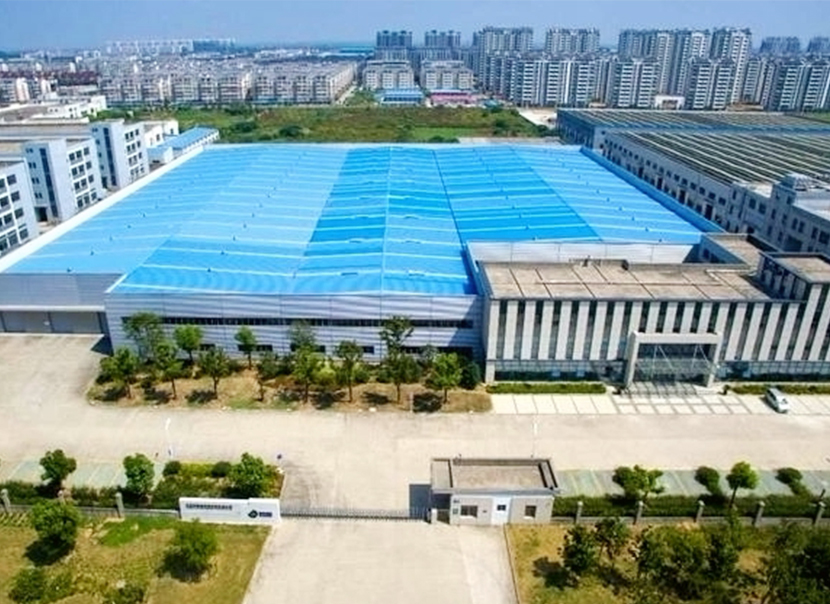In instant rice noodle and dried rice noodle production, several types of rice are commonly used, each offering unique characteristics that contribute to the texture, flavor, and appearance of the noodles. Some of the most common types of rice used include:
Long-grain White Rice: Long-grain white rice is one of the most widely used types of rice in noodle production due to its neutral flavor and versatility. It produces noodles with a light and tender texture, making it suitable for a variety of noodle dishes.
Jasmine Rice: Jasmine rice, also known as Thai fragrant rice, is valued for its subtle floral aroma and slightly sticky texture when cooked. It is commonly used in Southeast Asian cuisine and produces noodles with a fragrant aroma and slightly chewy texture.
Glutinous Rice (Sticky Rice): Glutinous rice, also known as sticky rice or sweet rice, has a high amylopectin content, which gives it a sticky texture when cooked. It is often used in combination with other rice varieties to enhance the elasticity and chewiness of the noodles.
Brown Rice: Brown rice retains the bran and germ layers, providing additional fiber and nutrients compared to white rice. It produces noodles with a nuttier flavor and slightly chewier texture, although it may require additional processing to achieve a smooth consistency.
Black Rice: Black rice, also known as forbidden rice or purple rice, is valued for its rich, nutty flavor and deep purple color. It is less commonly used in noodle production but can add visual interest and nutritional benefits to the noodles.
Red Rice: Red rice, also known as Bhutanese red rice or Camargue red rice, has a distinctive red husk and a nutty flavor. It produces noodles with a slightly chewy texture and a reddish hue, adding visual appeal to dishes.
Wild Rice: Despite its name, wild rice is technically not rice but rather the seed of an aquatic grass species. It has a nutty flavor and chewy texture and is sometimes used in combination with other rice varieties to add texture and visual interest to noodles.
The choice of rice variety depends on factors such as regional preferences, desired noodle texture, flavor profile, and nutritional considerations. Producers may also experiment with blends of different rice varieties to achieve the desired characteristics in instant rice noodle and dried rice noodle production.
What measures are taken to ensure the hygiene and safety of instant rice noodle/dried rice noodle production lines?
Hazard Analysis and Critical Control Points (HACCP): HACCP plans are implemented to identify and control potential hazards at critical points in the production process. This involves conducting hazard analysis, establishing critical control points, implementing control measures, and monitoring and verifying the effectiveness of these measures to ensure food safety.
Sanitation Standard Operating Procedures (SSOP): SSOPs outline specific procedures for cleaning and sanitizing production equipment and facilities. These procedures include detailed instructions for cleaning frequency, methods, and use of approved cleaning agents to prevent cross-contamination and microbial growth.
Employee Training: Staff members receive training on food safety practices, including proper hygiene, sanitation procedures, and handling of raw materials and finished products. Training programs ensure that employees understand their roles and responsibilities in maintaining hygiene and safety standards.
Raw Material Handling: Incoming raw materials, including rice and other ingredients, are inspected and screened for quality and safety before use. Proper storage and handling procedures are followed to prevent contamination and maintain product integrity.
Allergen Control: Measures are implemented to prevent cross-contact with allergenic ingredients, such as wheat, soy, or nuts, which may be present in other products manufactured in the facility. Segregation, labeling, and cleaning procedures are employed to minimize the risk of allergen contamination.
Water Quality Control: Water used in production processes, including dough preparation, cooking, and cleaning, is monitored and tested regularly to ensure it meets quality and safety standards. Water treatment systems may be employed to remove impurities and pathogens.
Pest Control: Pest control measures, such as regular inspection, use of traps and baits, and maintenance of physical barriers, are implemented to prevent infestations and minimize the risk of contamination by pests.
Equipment Maintenance: Production equipment is regularly inspected, cleaned, and maintained to prevent the buildup of debris, microbial growth, or mechanical failures that could compromise food safety.
Traceability and Recall Procedures: Systems are in place to track and trace ingredients and finished products throughout the production process. This facilitates rapid identification and recall of products in the event of a food safety issue or quality concern.
By implementing these measures and maintaining strict adherence to hygiene and safety protocols, instant rice noodle/dried rice noodle production lines can minimize the risk of contamination and ensure the production of safe and wholesome food products for consumers.

